Home>Gardening & Outdoor>Landscaping Ideas>When Is The Best Time To Plant Pasture Grass
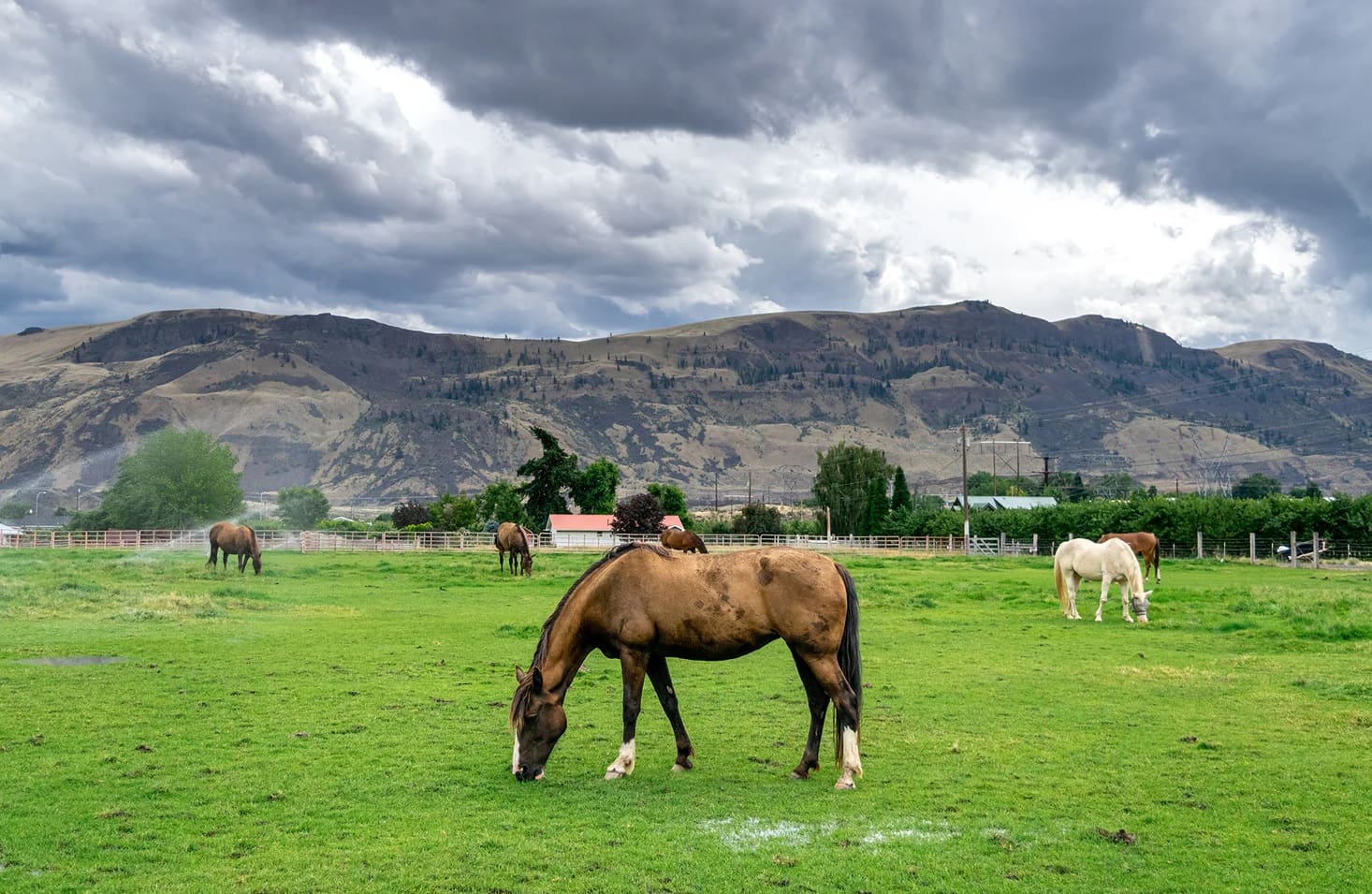

Landscaping Ideas
When Is The Best Time To Plant Pasture Grass
Modified: March 28, 2024
Discover the best time to plant pasture grass for your landscaping needs. Find expert tips and ideas for successful pasture grass planting.
(Many of the links in this article redirect to a specific reviewed product. Your purchase of these products through affiliate links helps to generate commission for Storables.com, at no extra cost. Learn more)
Introduction
Creating a lush and vibrant pasture is a rewarding endeavor that requires thoughtful planning and precise execution. Whether you’re establishing a new pasture or revitalizing an existing one, the timing of planting pasture grass is crucial for its successful growth. By understanding the best time to plant pasture grass and the essential factors to consider, you can set the stage for a thriving pasture that provides nourishment for livestock and enhances the natural landscape.
Timing plays a pivotal role in the success of pasture grass establishment. Factors such as climate, soil conditions, and the specific grass species being planted all influence the ideal timing for planting. Additionally, proper preparation and ongoing maintenance are vital for nurturing the growth of pasture grass and ensuring its long-term health.
In this comprehensive guide, we will delve into the optimal timing for planting pasture grass, the key considerations to ponder before embarking on this endeavor, and the essential steps and maintenance practices to foster robust pasture growth. By the end of this journey, you will be equipped with the knowledge and insights needed to cultivate a thriving pasture that flourishes throughout the seasons.
Key Takeaways:
- Timing is crucial for planting pasture grass. Consider climate, soil, grass species, and water availability. Spring and fall are optimal for planting, depending on the region and grass type.
- To establish a thriving pasture, follow key steps like soil prep, seed selection, planting method, moisture management, weed control, and ongoing maintenance. This ensures robust growth and valuable forage for livestock.
Read more: When Is The Best Time To Plant Landscaping
Factors to Consider Before Planting
Before delving into the intricacies of planting pasture grass, it’s essential to assess several critical factors that can significantly impact the success of your endeavor. By carefully considering these elements, you can make informed decisions and lay the groundwork for a flourishing pasture.
- Climate: The climate of your region plays a pivotal role in determining the best time to plant pasture grass. Consider the average temperatures, precipitation levels, and frost dates, as they directly influence the growth and establishment of grass species. Certain grasses thrive in specific climates, so it’s crucial to select varieties that are well-suited to your local climate.
- Soil Conditions: Assessing the soil composition and fertility is paramount before planting pasture grass. Conduct a soil test to determine the pH levels, nutrient content, and drainage properties. This information will guide you in selecting the appropriate grass species and implementing soil amendments, if necessary, to create an optimal growing environment.
- Grass Species Selection: The selection of grass species is a pivotal decision that directly impacts the overall success of your pasture. Consider factors such as grazing habits of livestock, desired forage quality, and tolerance to environmental stressors when choosing the most suitable grass varieties for your pasture.
- Land Preparation: Adequate land preparation is essential for successful pasture establishment. Clearing the area of debris, addressing soil compaction, and implementing effective weed control measures are crucial steps to create an optimal seedbed for planting.
- Water Availability: Assess the availability of water for irrigation, especially during the initial stages of grass establishment. Adequate moisture is vital for seed germination and early growth, so ensure that reliable water sources are accessible or implement irrigation systems if needed.
By carefully evaluating these factors and addressing any potential challenges, you can set the stage for successful pasture grass planting and create an environment where grasses can thrive and provide valuable forage for livestock.
Best Time to Plant Pasture Grass
Choosing the optimal time to plant pasture grass is a crucial decision that directly impacts the success of your pasture establishment. The ideal timing for planting varies based on several key factors, including climate, grass species, and local growing conditions. By understanding the seasonal nuances and the specific requirements of the grass species you intend to plant, you can make informed decisions to maximize the growth and vitality of your pasture.
Spring Planting: Spring is often considered an ideal time for planting pasture grass in many regions. As temperatures begin to rise, and the soil warms up, the conditions become favorable for seed germination and robust grass growth. Spring planting allows the grasses to establish strong root systems before the onset of summer heat, setting the stage for vigorous growth and resilience.
Fall Planting: In some regions, fall planting offers distinct advantages for establishing pasture grass. The cooler temperatures and consistent moisture levels create an optimal environment for seed germination and early growth. Fall-planted grasses have the advantage of utilizing the dormant winter period to develop strong root systems, resulting in vigorous spring growth and enhanced resilience to summer stressors.
The best time to plant pasture grass ultimately depends on the specific grass species, local climate, and the intended use of the pasture. Cool-season grasses, such as fescue and ryegrass, thrive when planted in the early fall or late winter, while warm-season grasses, including Bermuda grass and bahiagrass, are best planted in late spring when soil temperatures are consistently warm.
It’s important to consider the frost dates, average temperatures, and precipitation patterns in your region when determining the optimal planting time. By aligning the planting schedule with the natural rhythms of the local climate, you can maximize the chances of successful establishment and long-term pasture productivity.
Additionally, consulting with local agricultural extension services or experienced agronomists can provide valuable insights into the best planting times for specific grass species in your region, taking into account local variations and microclimates.
By carefully assessing the seasonal dynamics and understanding the unique requirements of the chosen grass species, you can strategically plan the planting time to create a resilient and productive pasture that thrives throughout the year.
The best time to plant pasture grass is in the early spring or early fall when the soil is warm and moist. This will give the grass seeds the best chance to germinate and establish a strong root system before the heat of summer or the cold of winter.
Steps for Planting Pasture Grass
Planting pasture grass involves a series of strategic steps that are essential for establishing a robust and productive pasture. By following these key guidelines, you can ensure that the grasses take root, flourish, and provide valuable forage for livestock. Here are the fundamental steps for planting pasture grass:
- Soil Preparation: Begin by preparing the soil to create an optimal seedbed for planting. Clear the area of debris, address soil compaction through tilling or aeration, and conduct soil tests to assess nutrient levels and pH. Based on the soil test results, amend the soil with lime, fertilizers, or organic matter to create a fertile and balanced growing environment.
- Seed Selection: Choose high-quality pasture grass seeds that are well-suited to your local climate and soil conditions. Consider the intended use of the pasture, grazing habits of livestock, and the desired forage quality when selecting grass species. Ensure that the seed mix contains a diverse blend of grass varieties to promote resilience and long-term productivity.
- Planting Method: Depending on the scale of the planting project, select an appropriate planting method, such as broadcast seeding, drilling, or hydroseeding. Ensure that the seeds are distributed evenly across the prepared seedbed to promote uniform germination and growth. Consider using a seed spreader or specialized equipment for large-scale plantings to achieve consistent seed distribution.
- Seedbed Preparation: After distributing the seeds, lightly rake or roll the seedbed to ensure good seed-to-soil contact. This step is crucial for facilitating seed germination and early root development. Adequate seed-to-soil contact promotes the absorption of moisture and nutrients, setting the stage for vigorous grass growth.
- Moisture Management: Following planting, ensure that the seeded area receives adequate moisture to support seed germination and early growth. Depending on the local climate and precipitation patterns, implement irrigation if necessary to maintain consistent soil moisture. Monitor the soil moisture levels closely during the critical germination period to facilitate successful establishment.
- Weed Control: Implement effective weed control measures to prevent competition from invasive plants that can hinder the growth of pasture grass. Consider pre-emergent herbicides or mechanical methods to suppress weed growth and create favorable conditions for the establishment of the desired grass species.
By diligently following these steps and paying careful attention to soil preparation, seed selection, planting methods, and ongoing maintenance, you can set the stage for successful pasture grass establishment. The implementation of these fundamental steps lays the foundation for a thriving pasture that provides abundant and nutritious forage for livestock, contributing to the overall health and productivity of your agricultural landscape.
Maintenance and Care after Planting
After planting pasture grass, diligent maintenance and care are essential to nurture the establishment of the grasses and promote their long-term vitality. Implementing strategic practices and providing ongoing attention to the pasture will contribute to robust growth, optimal forage production, and the overall health of the grazing ecosystem. Here are key maintenance steps to consider after planting pasture grass:
- Monitoring Germination: Regularly monitor the seeded area to assess the progress of seed germination and early growth. Keep a close eye on the emergence of seedlings and ensure that the soil moisture levels are conducive to successful germination. Adjust irrigation or watering practices as needed to support the initial stages of grass establishment.
- Fertilization: Depending on the soil test results and the nutrient requirements of the grass species, consider implementing a fertilization program to provide essential nutrients for vigorous growth. Select fertilizers that align with the specific needs of the pasture grass and apply them according to recommended rates and timing for optimal results.
- Grazing Management: If the pasture is intended for grazing livestock, implement a well-structured grazing management plan to promote sustainable forage utilization and maintain the health of the grass stand. Rotational grazing, rest periods, and stocking rates should be carefully managed to prevent overgrazing and allow the grasses to replenish and thrive.
- Weed and Pest Control: Regularly inspect the pasture for weed infestations and pest pressures that can compromise the growth of the grasses. Implement integrated pest management strategies and targeted herbicide applications, if necessary, to control weeds and manage pest populations effectively while minimizing impacts on the pasture ecosystem.
- Mowing and Trimming: Depending on the growth rate of the pasture grasses, implement a mowing and trimming schedule to maintain an optimal height for forage quality and overall pasture health. Avoid mowing too close to the ground, as it can stress the grasses and impede their ability to thrive and withstand environmental stressors.
- Soil Health Maintenance: Continuously monitor the soil health and address any issues related to compaction, erosion, or nutrient deficiencies. Implement soil conservation practices, such as cover cropping, rotational planting, and organic amendments, to promote soil structure and fertility, creating an environment conducive to robust grass growth.
By diligently tending to the post-planting maintenance and care of the pasture, you can foster the development of a resilient and productive grass stand that supports the needs of livestock and contributes to the overall ecological balance of the agricultural landscape. Ongoing vigilance, strategic interventions, and a commitment to sustainable land stewardship are fundamental for nurturing a thriving pasture that flourishes throughout the seasons.
Frequently Asked Questions about When Is The Best Time To Plant Pasture Grass
Was this page helpful?
At Storables.com, we guarantee accurate and reliable information. Our content, validated by Expert Board Contributors, is crafted following stringent Editorial Policies. We're committed to providing you with well-researched, expert-backed insights for all your informational needs.
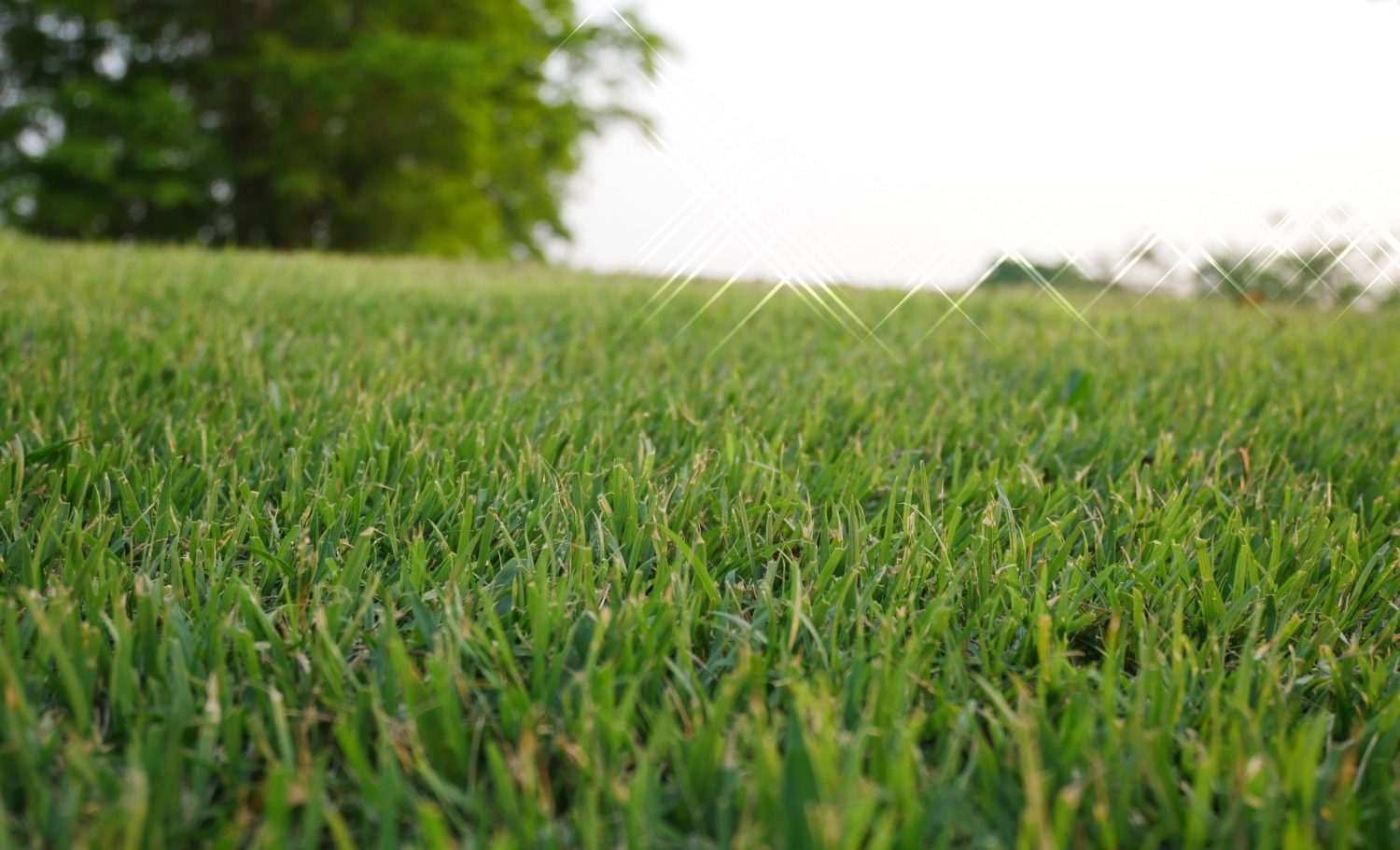
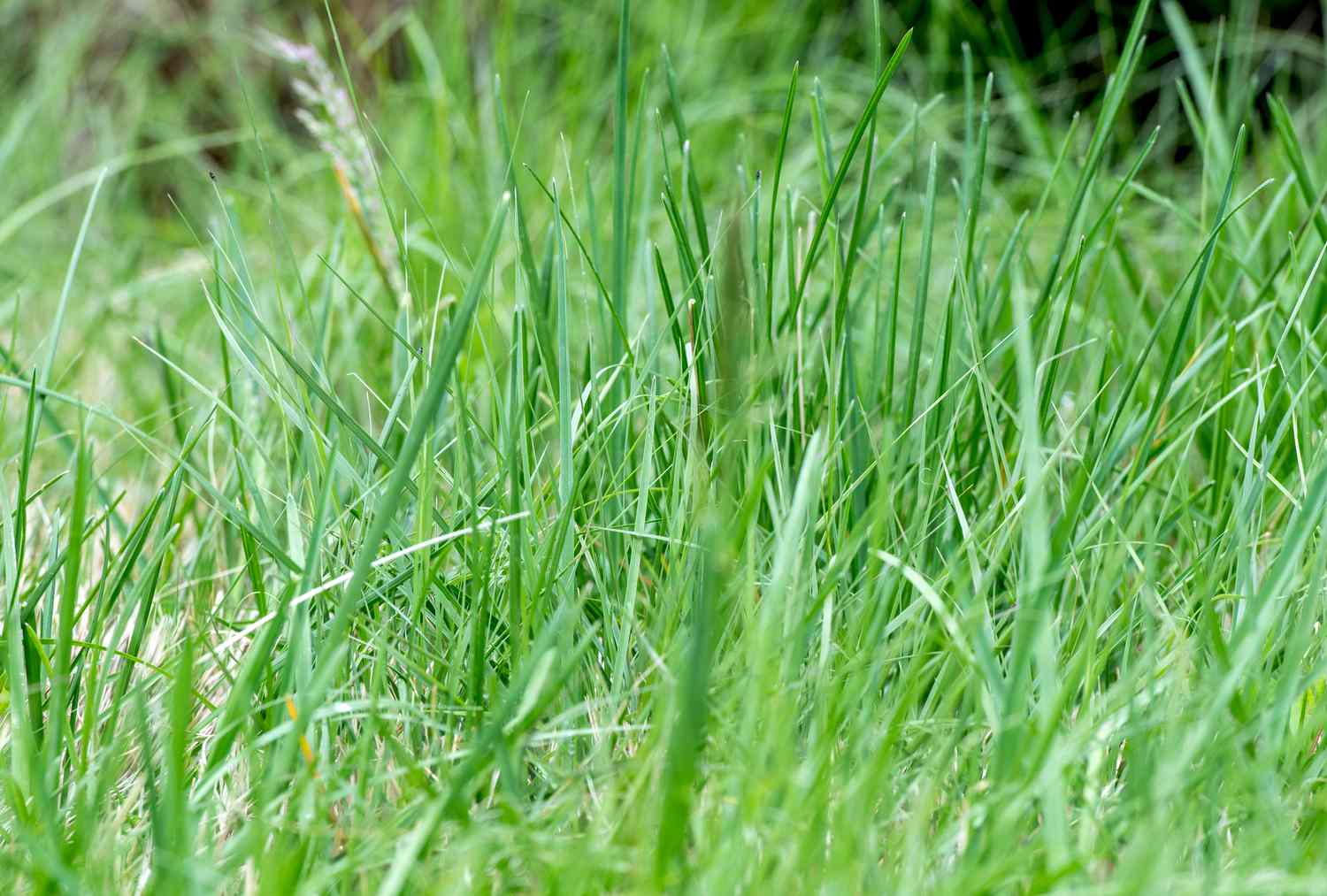
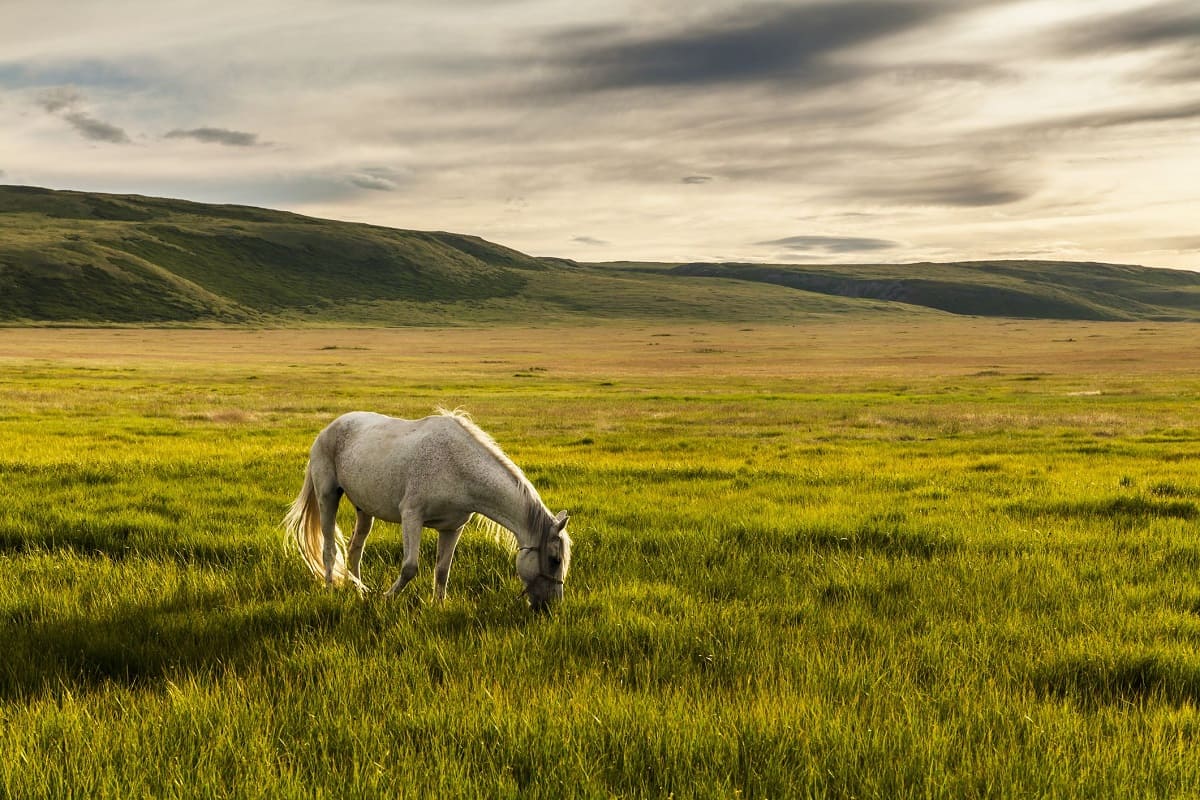
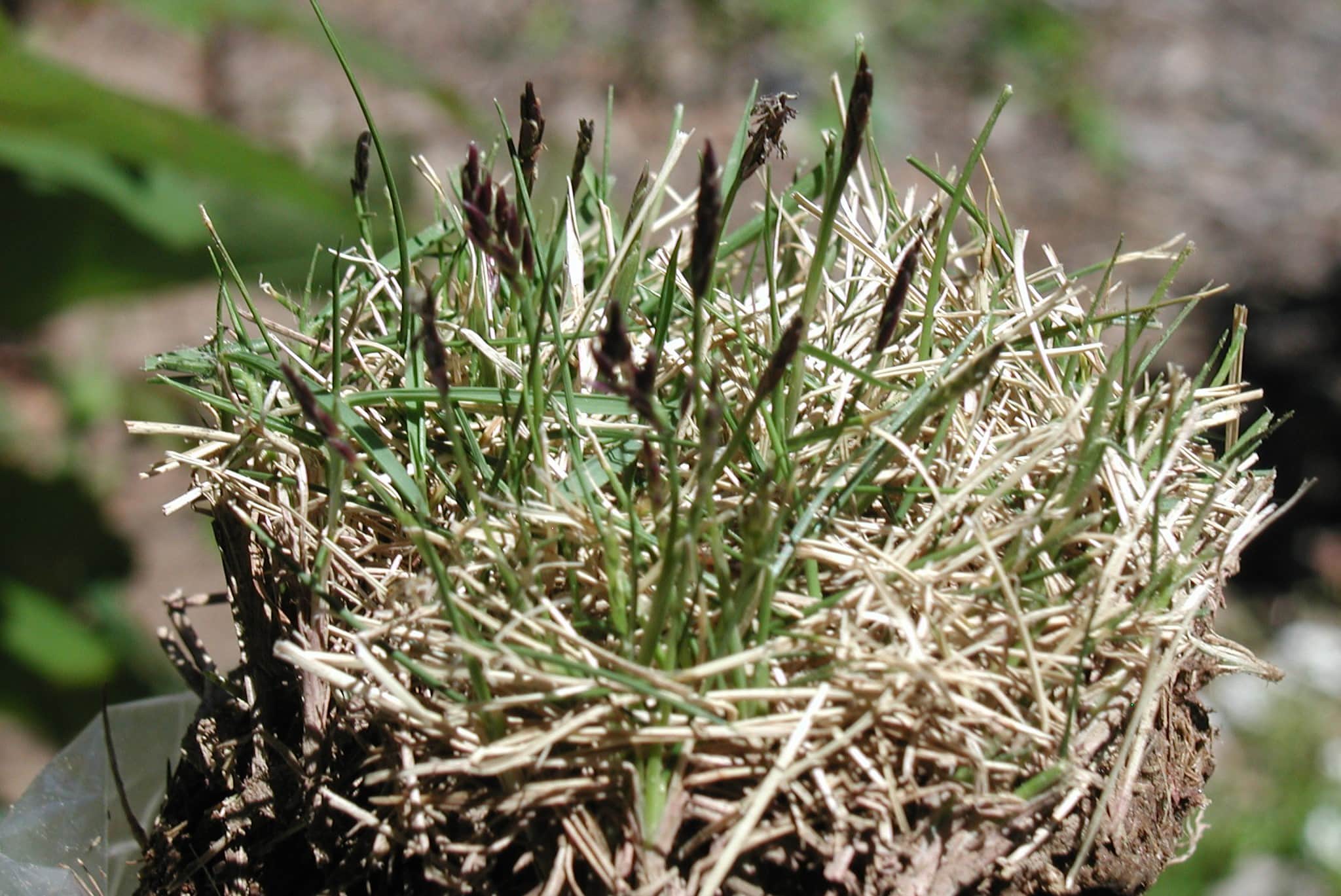

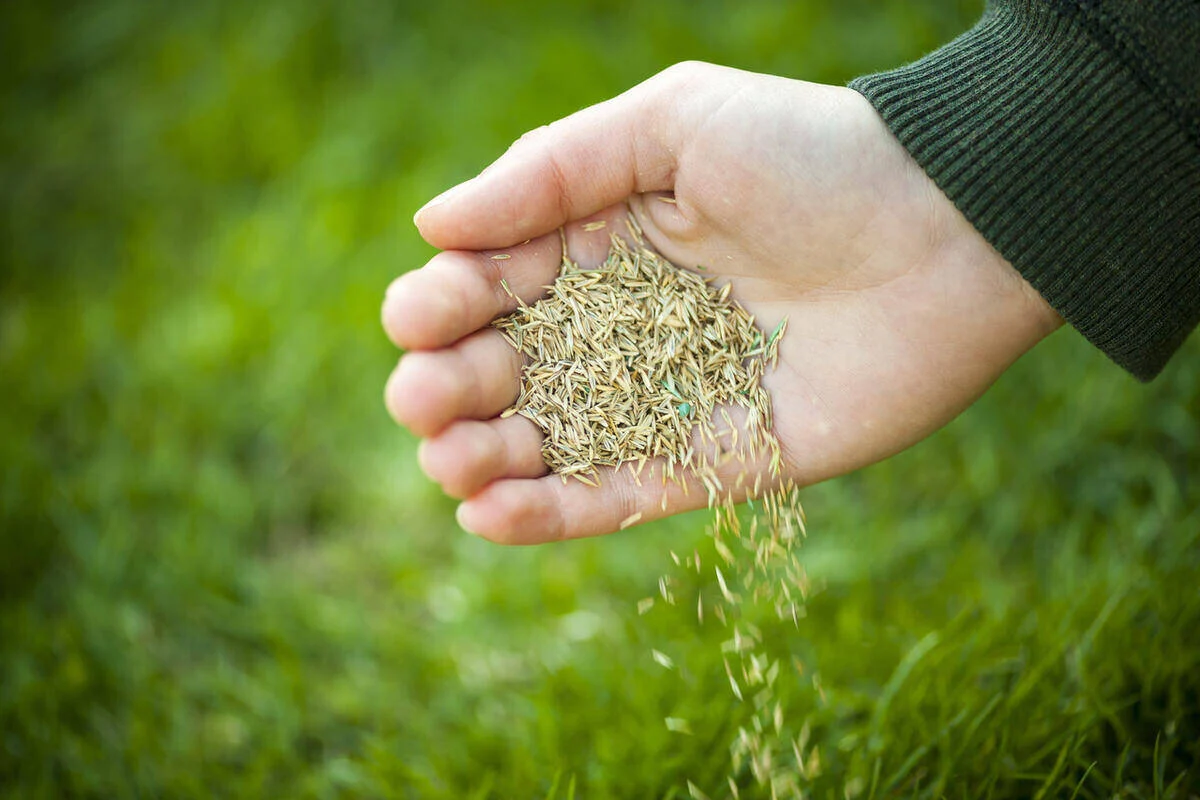
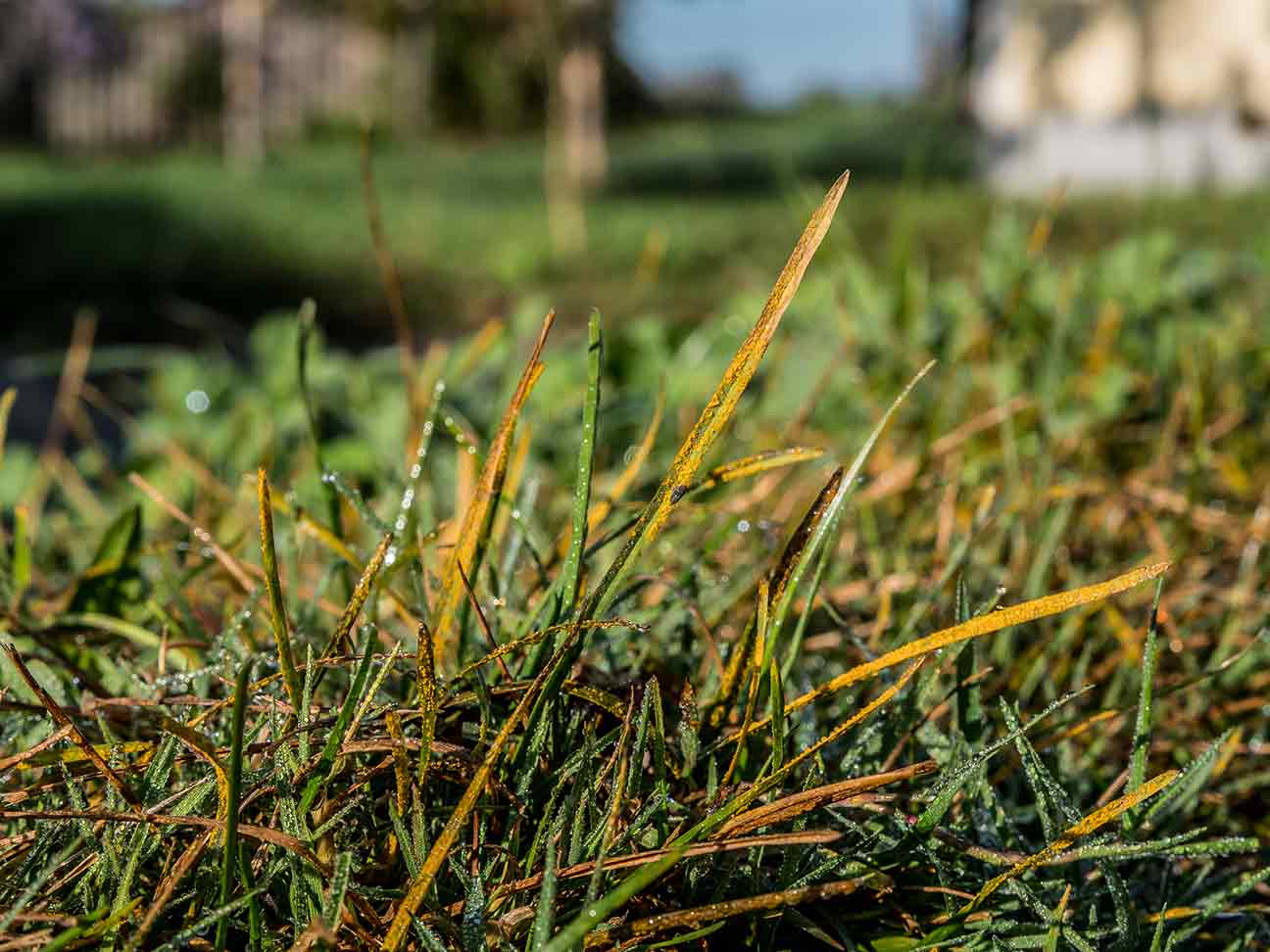
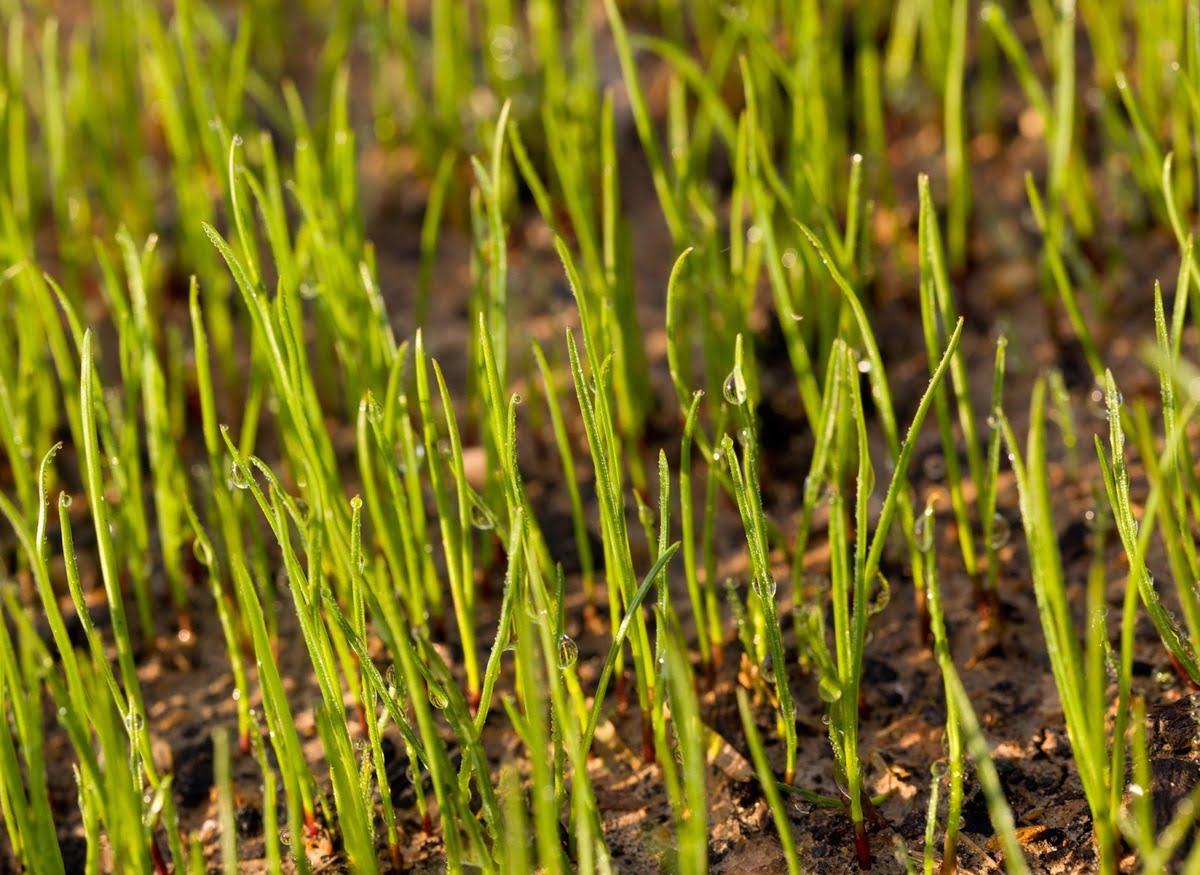
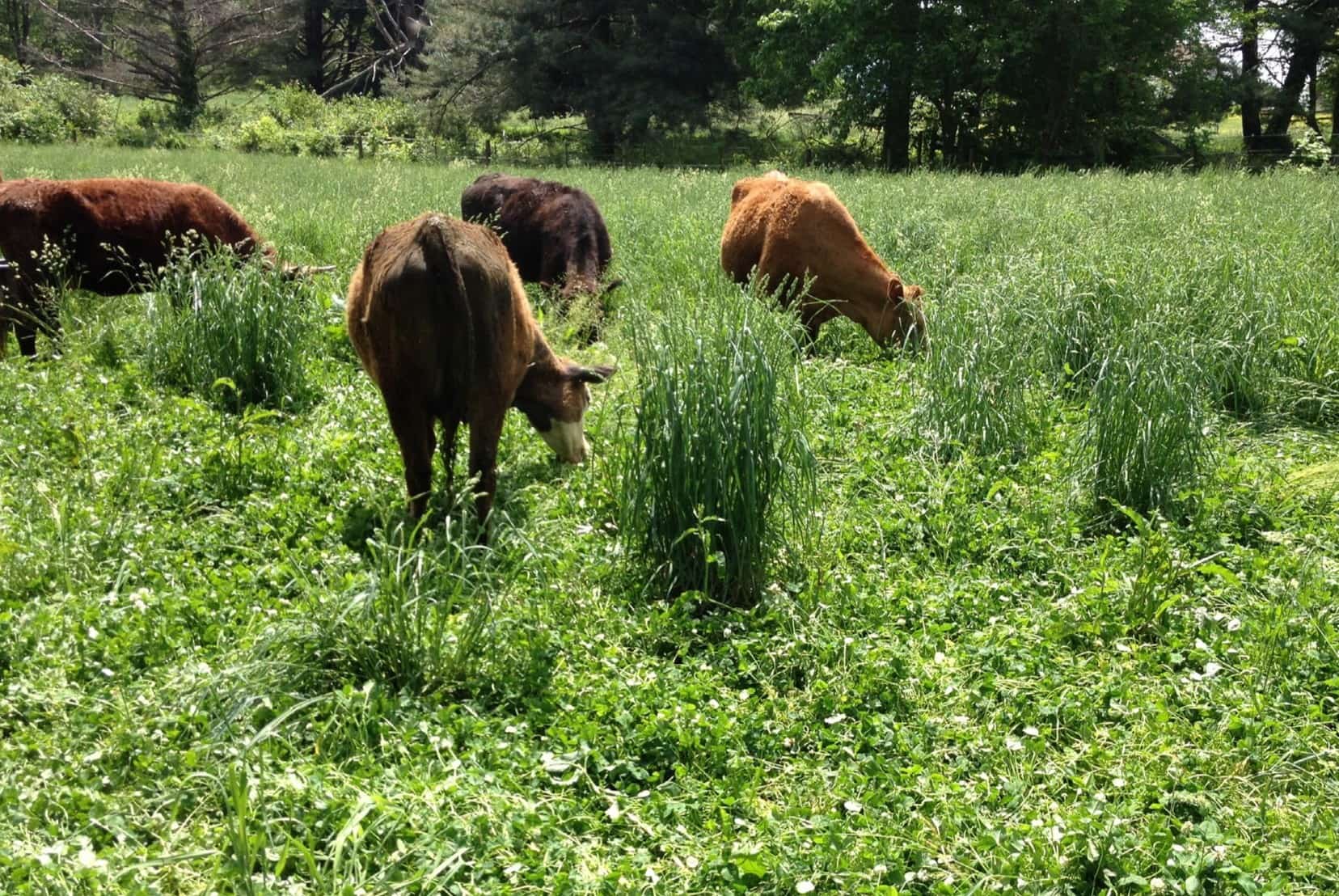
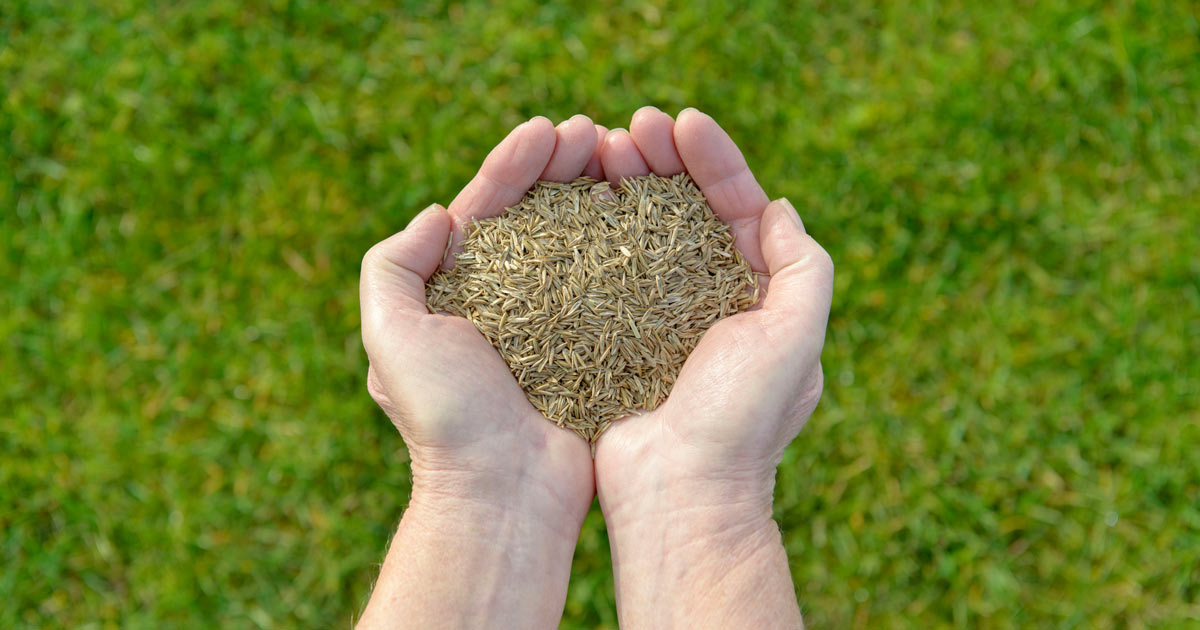
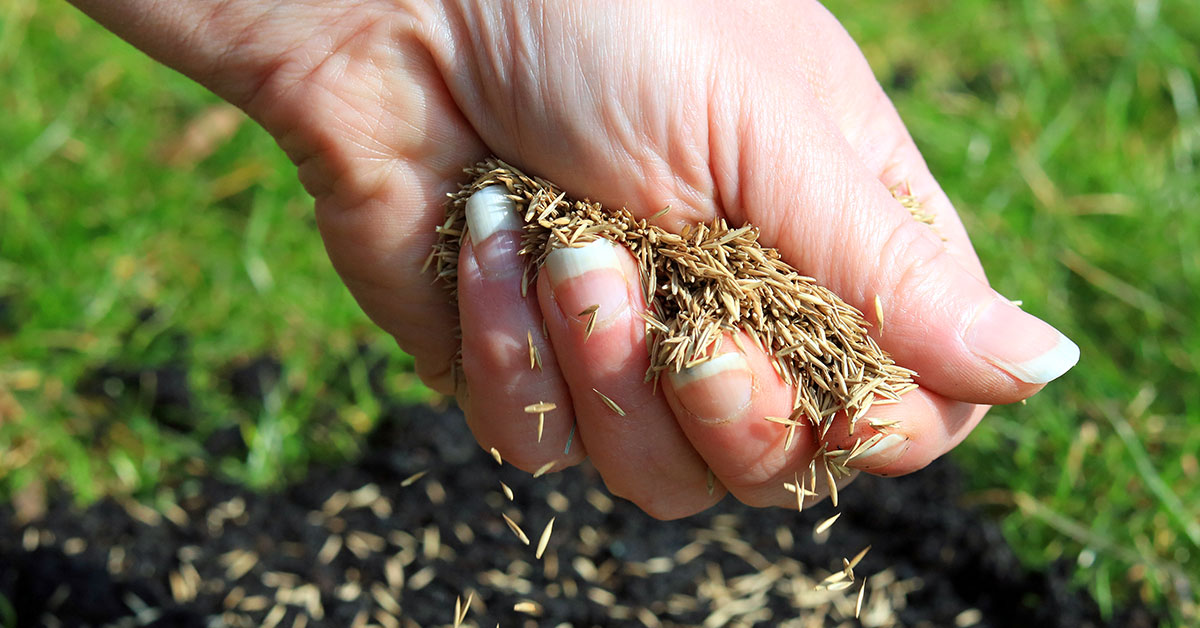
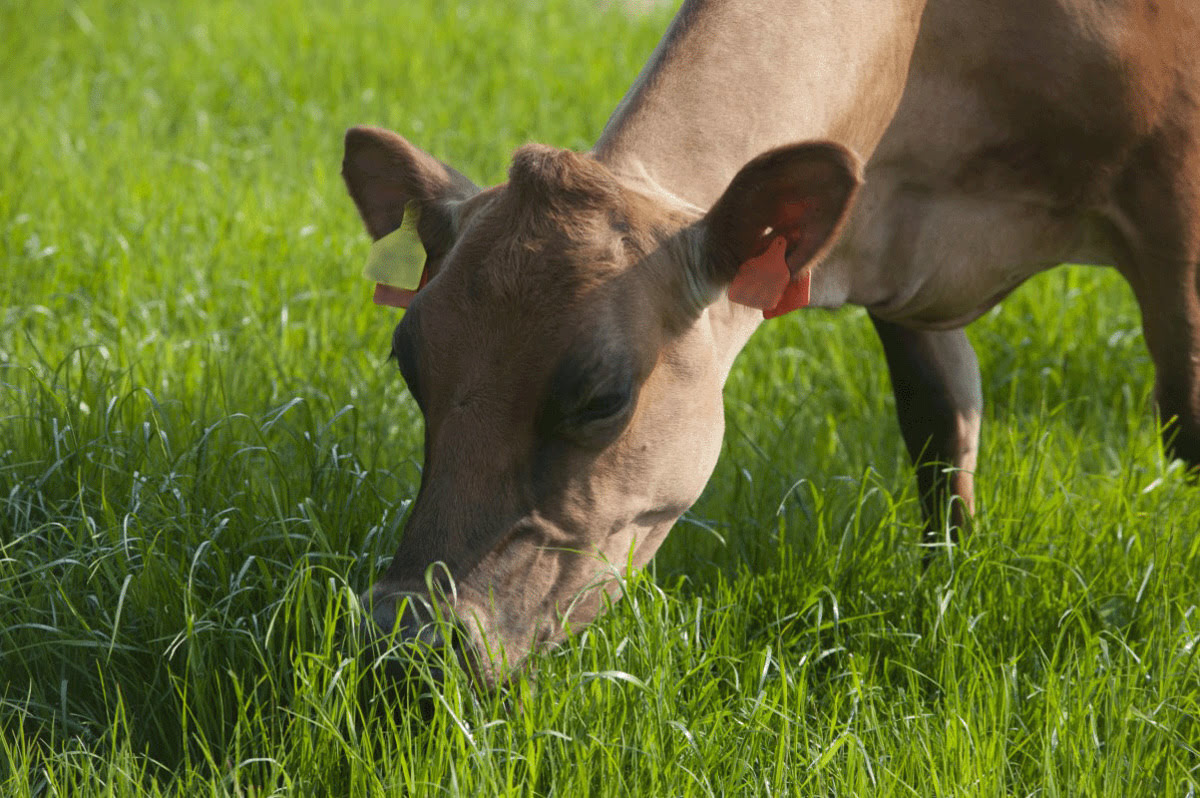
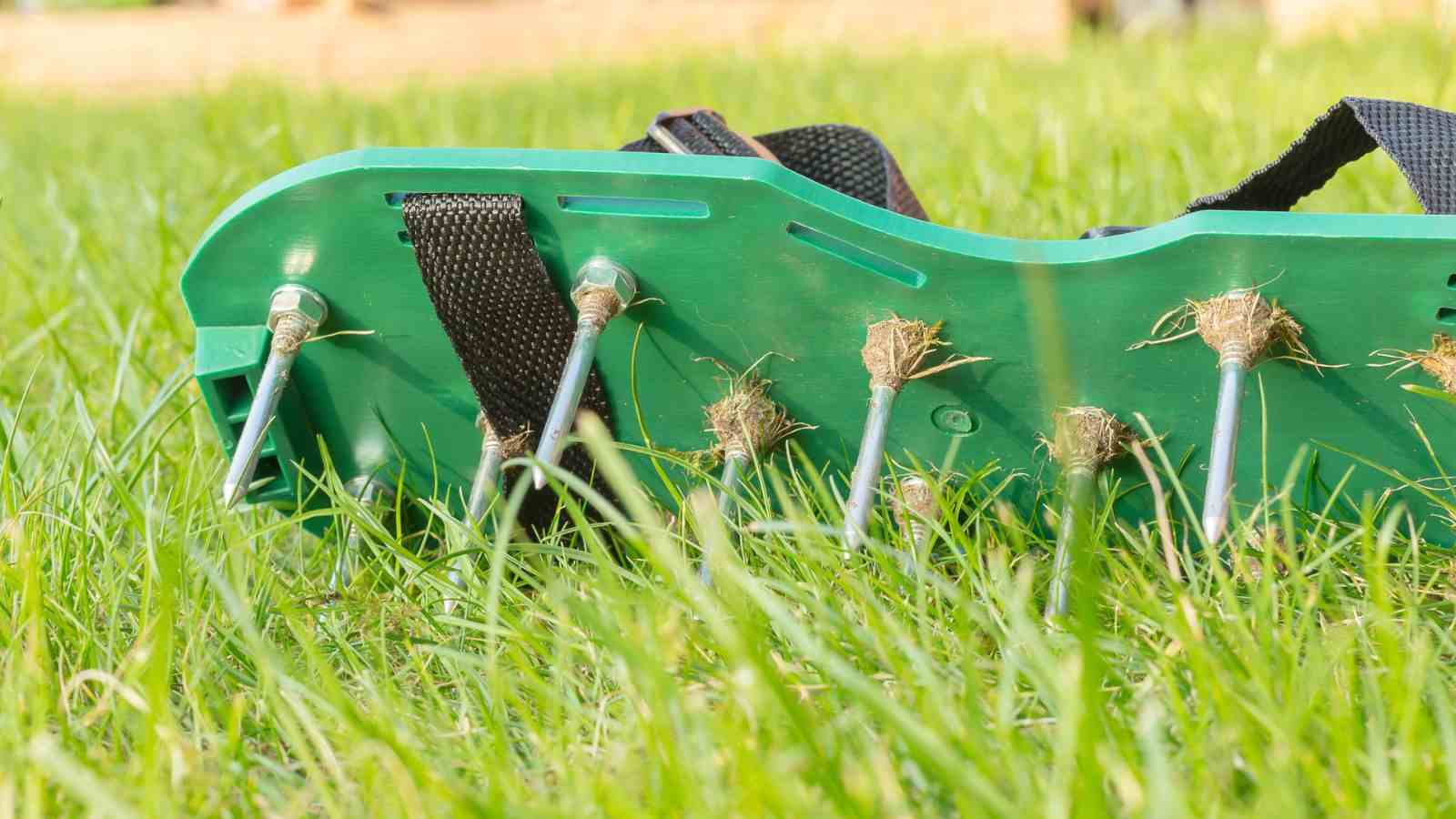
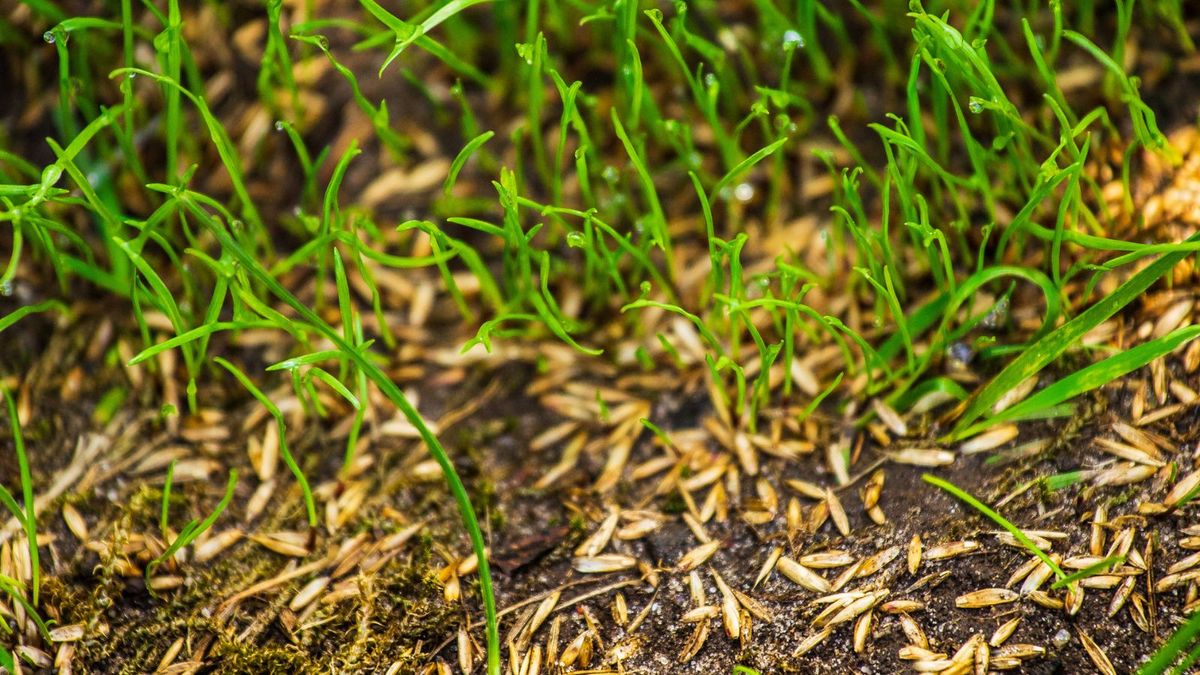
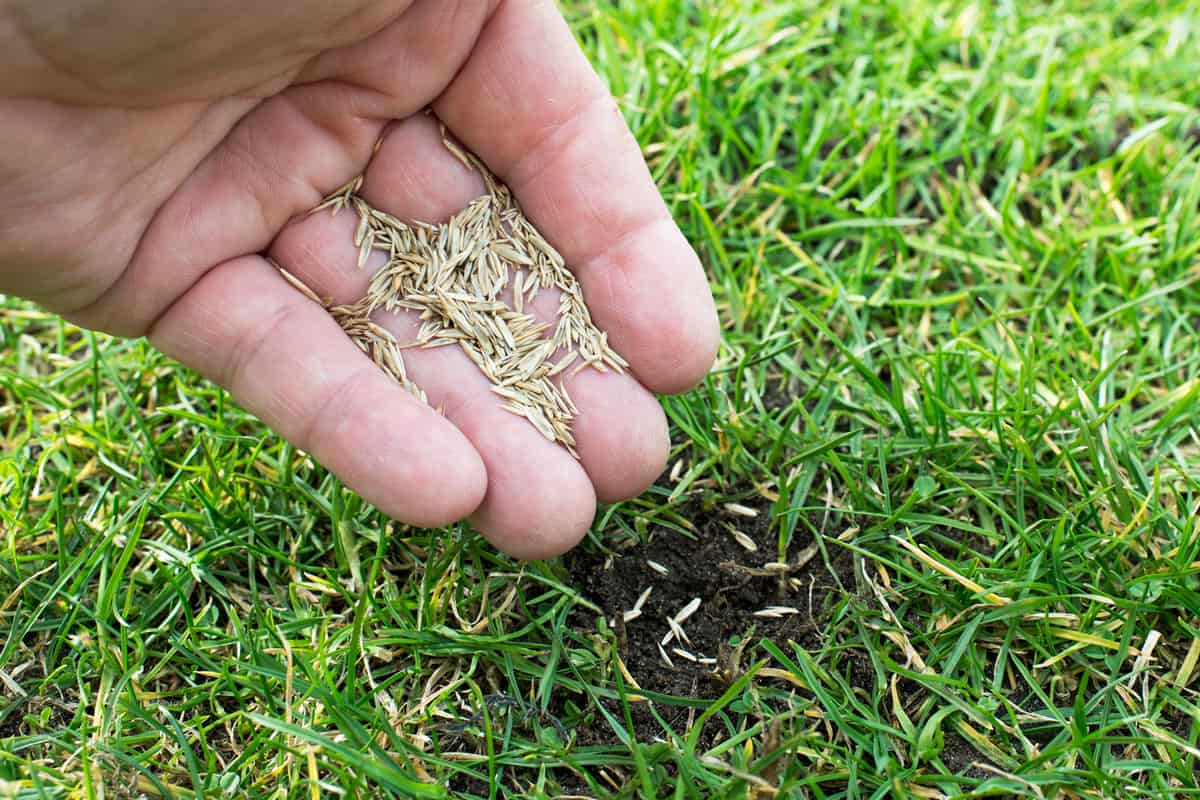

0 thoughts on “When Is The Best Time To Plant Pasture Grass”